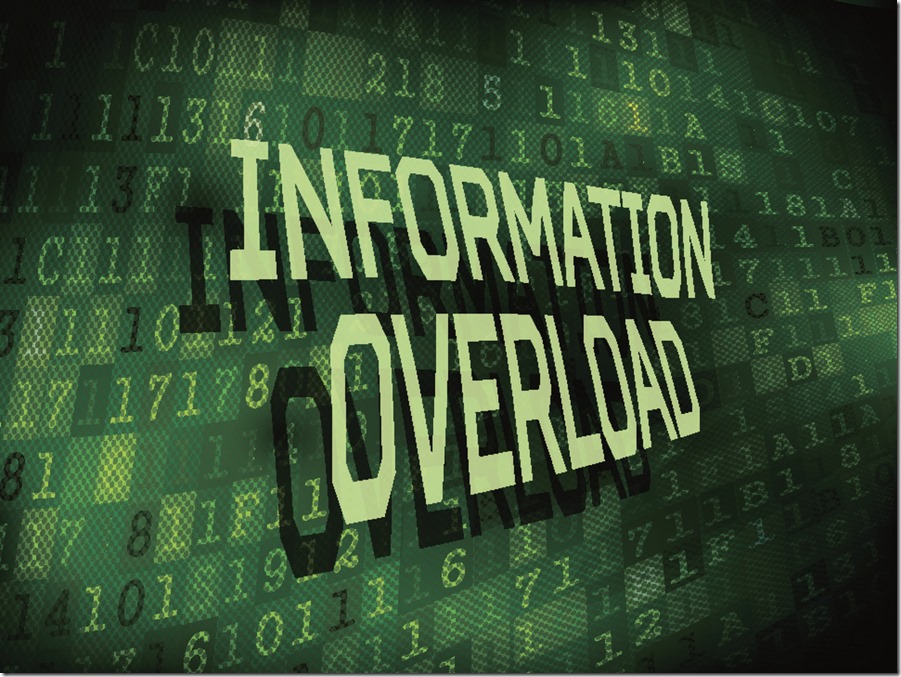Be a Water Fountain, Not a Fire Hose | Public Speaking
Early in my career, I arranged a speaking engagement for a scientist whose work to save endangered species was recognized worldwide. He was to speak at a major zoo to an audience comprised mostly of non-scientists who were enthusiastic about wildlife conservation.
When the day of his talk arrived, he kicked things off by projecting a slide packed with bullet points onto the screen behind him — and didn’t relent until he had clicked through 150 information-packed slides in 45 minutes. As he proceeded through his presentation, you could see audience members getting the glazed-over look of a college freshman who had accidentally stumbled into an honors graduate seminar. It was a disaster.
His barrage of information was akin to a high-pressure fire hose with water gushing out of its mouth. Anyone trying to drink from such a hose would be overwhelmed by the velocity of the water’s flow; perhaps paradoxically, slowing the rush of water would allow a person to drink considerably more.
In much the same way, the human brain is wired not to guzzle new information in an onslaught, but to digest it in modest bites. Memory studies show that most people can retain only a few “chunks” of information at a time — as few as three or four — and information that doesn’t get richly encoded at the time of exposure often disappears within seconds, never making the critical journey to long-term storage.
In the scientist’s quest to be comprehensive, he reduced the likelihood that his audience would remember his key points. And he’s far from alone. Just think of how many speakers around the world must be leading “briefing”-type meetings right now by running down a laundry list of a dozen unrelated items.
If our goal is to shine a light on the points that matter most, we must strip away those that don’t. As French writer Antoine de Saint-Exupéry reminded us almost a century ago:
“Perfection is finally attained not when there is no longer anything to add, but when there is no longer anything to take away.”
Presentations that attempt to pack two hours’ worth of information into a one-hour timeslot — derisively referred to as “data dumps” — are doomed to miss the mark, in part because they fail to recognize the distinction between the printed word and an in-person presentation. Communications consultant Max Atkinson offers a useful analogy in Lend Me Your Ears:
“The ideal relationship between a written report or proposal and a spoken presentation can be likened to the relationship between a 300-page novel and an adaptation of it for stage, film, or television that lasts for an hour or two.”
Instead of defining success by the number of points you make in your allotted time, define it by the number of points you make well. You stand a better chance of breaking through the crowded terrain of each audience member’s brain by introducing fewer main points — but infusing those that remain with meaningful “memory hooks.”
Kathleen B. McDermott and Henry L. Roediger III, who conduct memory research at Washington University in St. Louis, offer three techniques to create useful memory hooks: “Relating new information to what one already knows, forming mental images, and creating associations among information that needs to be remembered.”
Finally, while this post focuses on information overload in the context of your presentations, it’s also important to remember that your audiences are suffering from information overload in every facet of their lives. One 2015 study, for example, found that adults aged 16-64 spent more than six hours per day online (a separate 2015 survey found that teens spend nearly nine hours per day interacting with a screen!).
Bottom line: We’re living our lives with a fire hose of information dousing us constantly. If we want our audiences to hear what we’re saying, we have to say less — but say it better.




